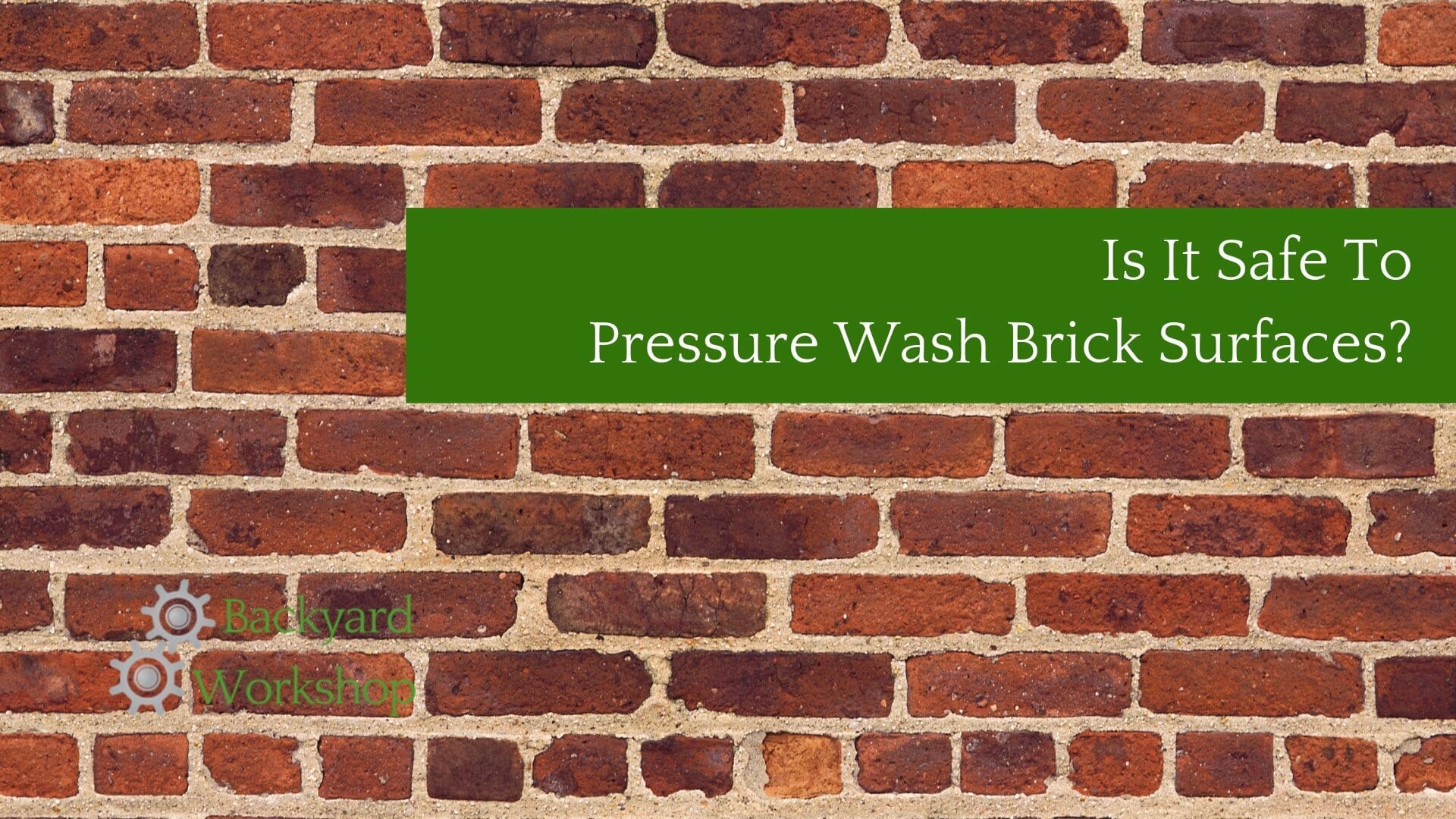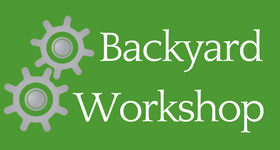Is Pressure Washing Brick Safe?

Yes, you can power wash a brick house if you do it correctly. Use a low enough pressure to just do the job – AND NO MORE. Power washing can transform your brick home from a dull brown to the beautiful red brick again. Sometimes the sheer power of the pressure washer without any soap is all the house needs to get rid of the debris and muck.
What Are The Risks?
Pressure washing should always be done carefully to avoid unnecessary accidents and damage. Power washing a brick building can be catastrophic if done incorrectly.
Problems can include:
- Removes natural waterproofing.
- Damages the brick.
- Removes the brick mortar.
- Water seeps into the walls causes mold.
Too much soaking may saturate a brick wall with cracked mortar to such an extent that it breaks the waterproofing seal. Lack of waterproofing makes the walls vulnerable to rain and moisture to seep through the walls into your home
The narrower the spray angle and the opening of the washer nozzle tip, the stronger and focused the water sprays. The power of the water exiting the wand through the nozzle could be so strong that it damages the brick by chipping pieces off.
The sheer pressure can blast the brick mortar away, especially older mortar which is softer than the products of today. Then the water seeps behind it into the wall which causes another problem; the wet walls are an ideal breeding ground for mold and fungi.
Ways To Minimize The Chance of Damaging Your House
Right Pressure and Nozzle Tip
By taking precautions and using the right pressure washer and nozzle, you may minimize the chances of damaging your brick house. For a wide and softer spray use the white 40-degree nozzle tip and limit the pressure to 1000 psi. If not sure, test the pressure against a small part of the wall hidden behind some shrubs.
Examine and Fix the Mortar
Examine the mortar and bricks. The old mortar that’s falling apart needs to be repointed before using a pressure washer. If there are a few cracks and holes, patch and fill a few days before you plan on pressure washing. Give the walls about seven days or longer, depending on the weather, to completely dry.
Cover Surrounding Area
Use standard pressure washer safety procedures. Cover nearby plants and furniture with a tarp to protect against the chemicals and water spray. Remember to close the doors and windows of the house too.
Any Unique Steps I Must Take?
Saturate The Brick Walls
To avoid a permanent lightening the color of the bricks, make sure you saturate the bricks with clean water before applying any soap or detergent. If the walls aren’t wet enough and the detergent contains bleach, it may permanently lighten the brick color.
By starting at the bottom and working to the top, you’ll maintain even soaking. If you work from the top down, water will flow down saturating the bottom part of the wall more than the rest of the wall. A black washer nozzle has a 65-degree spray angle that allows for a soft gentle spray.
Use the Correct Soap
Choose a soap or detergent that cleans bricks and steadily apply the detergent washing from the bottom to the top. You can use the same black nozzle or the white nozzle tip. If you use the wrong soap, it could paste the debris to the mortar instead of washing it off.
When rinsing the soap, use low pressure and a spraying angle that exerts a soft spray. Wash the detergent off in the opposite directing as when soaking the brick. Wash it from the top to the bottom in a sweeping movement.
Scrub Tough Stains
Low pressure and plenty of soap is the secret. The brick and mortar are porous and will soak up the water and detergent. Avoid forcing it onto and into the brick with too high pressure.
Be patient, give the soap about 10 minutes to loosen and remove dirt and debris. For tough dirt and stains use a rotary scrub pressure instead of higher pressure. Grass stains around the foundations, tree sap, and moss should be removed with a brush.
Use A Dry Wire Brush
Too much water or the wrong chemicals brings out the minerals in the water and the salt in the brick causing efflorescence.
Avoid the temptation to wash it off with higher pressure. The better option is to manually remove efflorescence by scrubbing it with a dry wire brush.
Waterproof The Bricks
Wait until the walls are completely dry before sealing. Use a waterproof sealant for bricks and mortar. Waterproofing keeps the bricks longer clean and prevents water and oil seepage into the walls.
You may not notice the sealant because it’s colorless, but you’ll notice the effect it has on oil, grease, water, and other fluids. The barrier protects, and fluids will form beads and run off the brick and mortar without penetrating the wall.
Looking for a new pressure washer? Here’s a good guide to help you make the right choice.

